1. Introduction to Hydraulic Pumps
Industrial hydraulic pumps are an indispensable core component in hydraulic systems. Their primary function is to convert mechanical input energy (typically the rotational energy of an electric motor or internal combustion engine) into hydraulic energy, thereby providing a stable oil flow and pressure throughout the hydraulic system. Hydraulic pumps act as the driving force in modern industrial equipment, pushing hydraulic oil through the system's pipes, valves, and actuators to achieve various mechanical movements and controls. Hydraulic pumps are widely used in a variety of fields, including construction machinery (such as excavators and bulldozers), metallurgical equipment (such as rolling mills), papermaking machinery, shipbuilding, and automated production lines, significantly improving the automation and efficiency of industrial production.

2. Working Principle of Hydraulic Pumps
The core task of a hydraulic pump is to draw hydraulic oil from a reservoir and, through compression and delivery, deliver it to the hydraulic system, generating the required pressure and flow. The detailed working process is as follows:
Suction Phase
When the working components of the hydraulic pump (such as the vanes or gears) begin to move, the volume within the pump chamber rapidly increases, creating a negative pressure area. At this point, hydraulic oil from the reservoir, under the influence of atmospheric pressure or auxiliary devices, flows into the pump chamber through the oil inlet. The formation of negative pressure ensures continuous suction of hydraulic oil, preventing dry running or cavitation.
Compression Phase
As the working component continues to move, the volume of the pump chamber gradually decreases, mechanically compressing the hydraulic oil and rapidly increasing its pressure. This compression process converts the hydraulic oil into high-pressure energy, providing the hydraulic system with sufficient power to support the actuators.
Discharge Phase
When the hydraulic oil pressure reaches the system's set point, the hydraulic oil is forcibly discharged through the outlet, flowing into the hydraulic system's piping and actuators (such as the hydraulic cylinder or hydraulic motor). This continuous suction and discharge process creates a stable hydraulic flow, ensuring smooth system operation.
Based on their structural form, common industrial hydraulic pumps are mainly divided into three types:
Gear Pump
Gear pumps utilize two meshing gears to squeeze hydraulic oil from the suction side to the discharge side. They have a simple structure and low manufacturing cost, making them suitable for transporting medium- and low-pressure, low-viscosity fluids. However, gear pumps exhibit significant pressure pulsation and are noisy.
Vane Pumps
Vane pumps have sliding vanes installed within them. The vanes rotate with the rotor, creating a variable volume within the pump chamber, allowing hydraulic oil to be drawn in and out. Vane pumps operate smoothly and quietly, making them suitable for medium- and high-pressure applications and widely used in medium- and large-scale industrial equipment.
Plunger Pumps
Plunger pumps use multiple plungers that reciprocate within the pump body. Adjusting the displacement of the plungers allows for precise control of flow and pressure. Plunger pumps offer high efficiency and strong pressure-bearing capacity, making them commonly used in high-pressure hydraulic systems such as injection molding machines, machine tools, and aerospace equipment.
3. Applications of Industrial Hydraulic Pumps
Hydraulic pumps have a wide range of industrial applications due to their high efficiency, reliability, and ease of adjustment:
Construction Machinery
Excavators, loaders, and bulldozers, among other machines, rely on high-pressure hydraulic oil supplied by hydraulic pumps to drive hydraulic cylinders and motors, enabling complex movements such as raising, lowering, rotating, and moving buckets and booms.
Manufacturing Equipment
Stamping machines, injection molding machines, machine tools, and other production equipment extensively use hydraulic pumps to drive hydraulic cylinders for presses, forming, and precision positioning. The high response speed and pressure stability of hydraulic pumps ensure high efficiency and precision in the manufacturing process.
Shipbuilding Industry
Hydraulic pumps power a ship's steering system, anchor gear, and deck machinery, ensuring stable control and safe operation in complex sea conditions.
Energy Equipment
New energy equipment such as wind turbines and hydraulic lifting devices use hydraulic pumps to control and regulate their operating status, achieving efficient energy conversion and stable output.

 ENG
ENG
 English
English русский
русский Español
Español

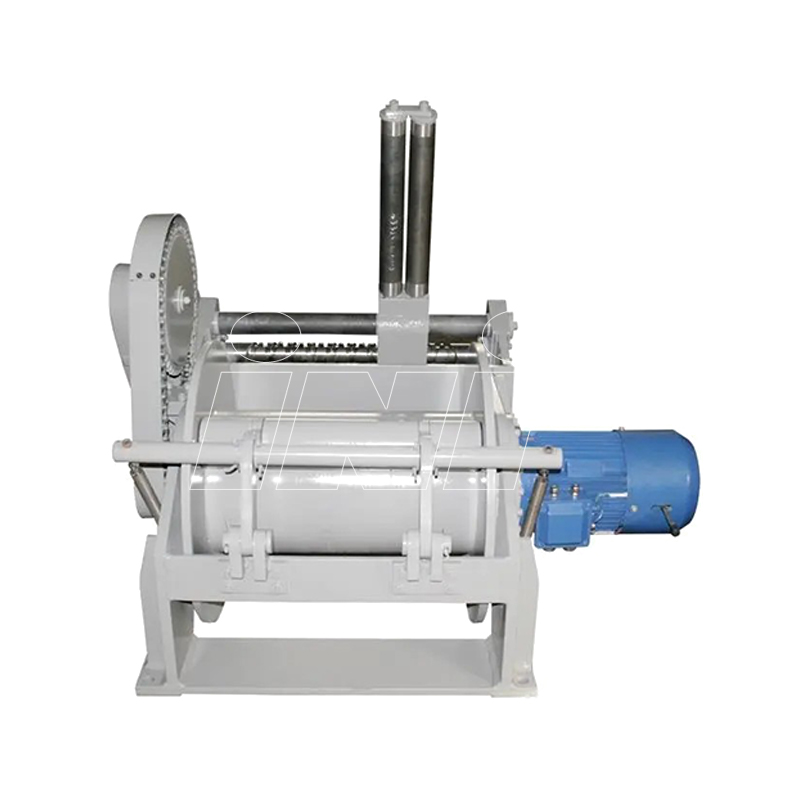
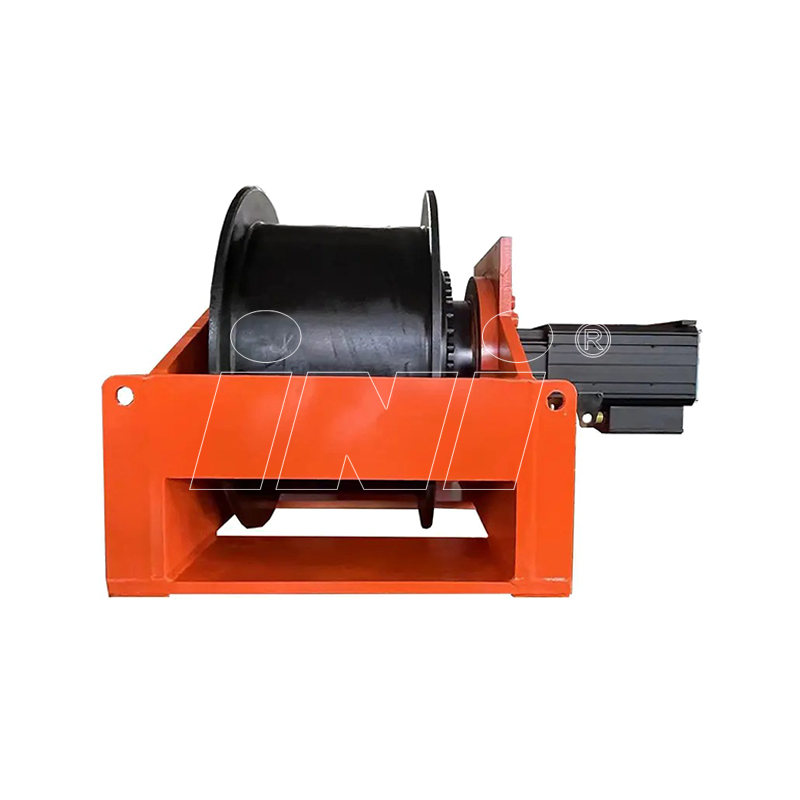

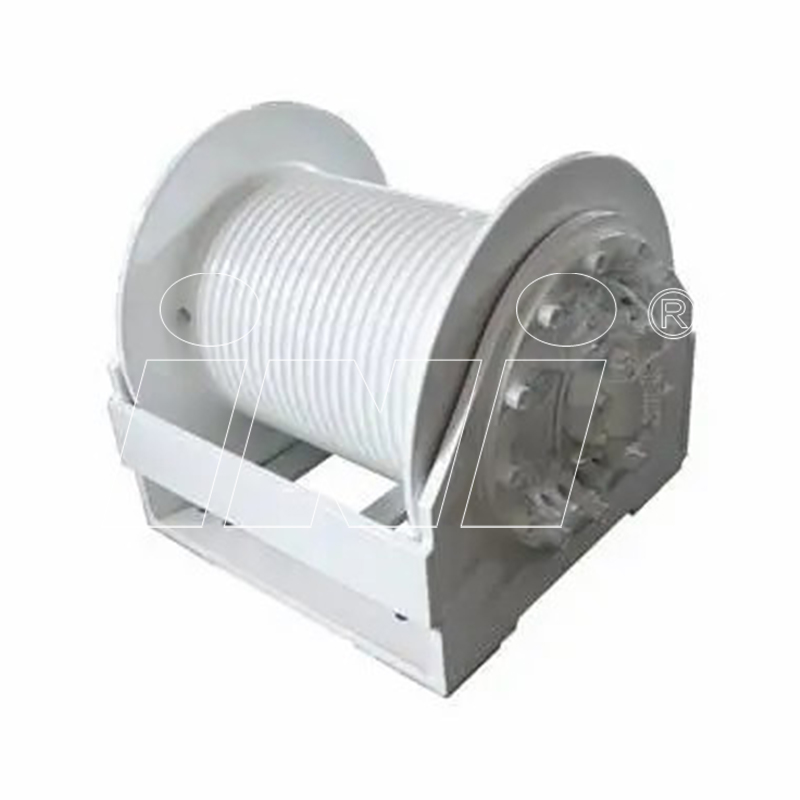
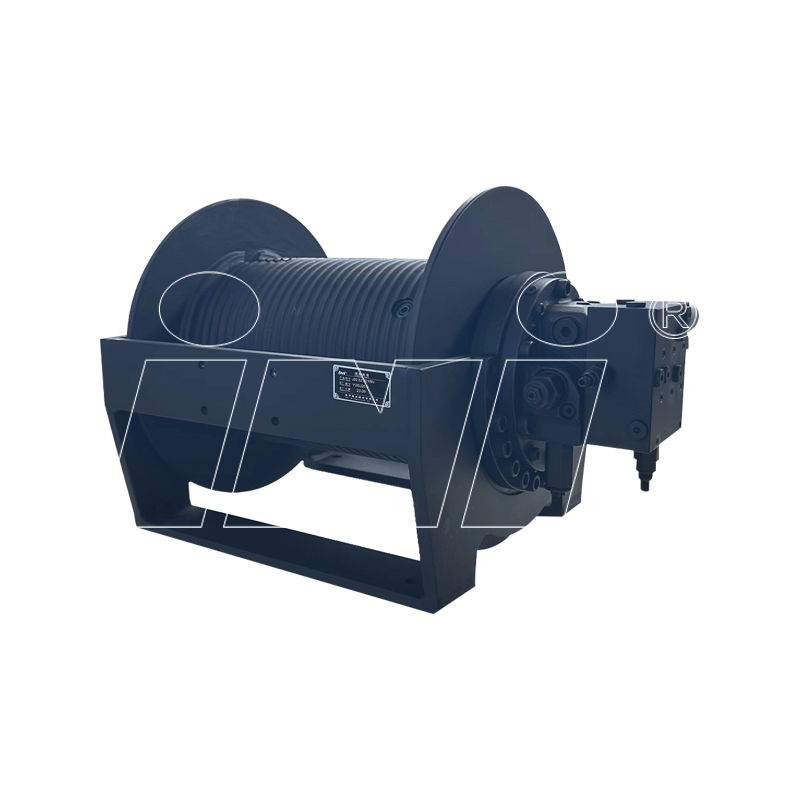
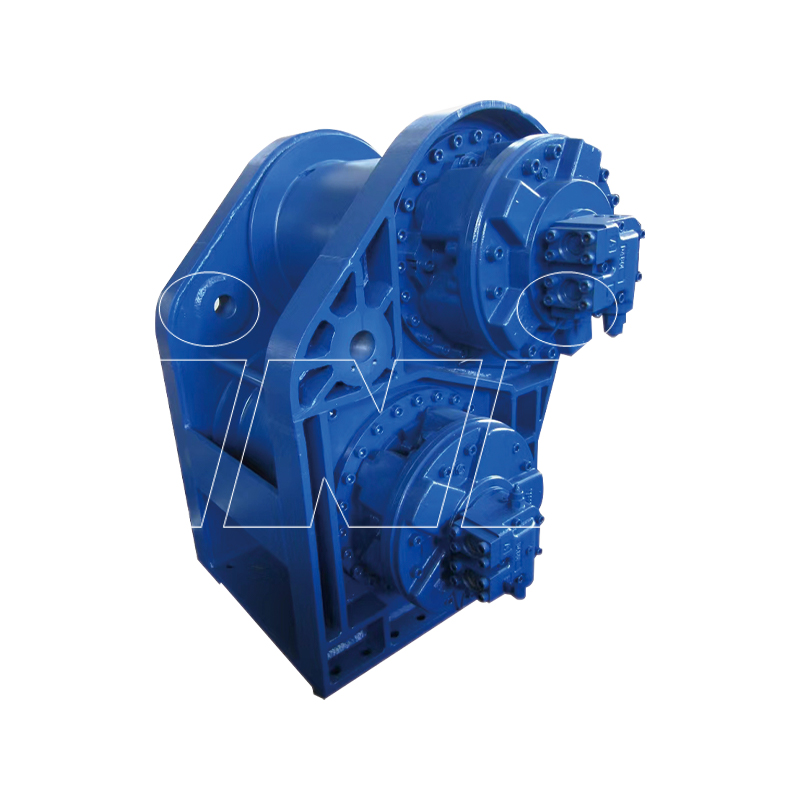

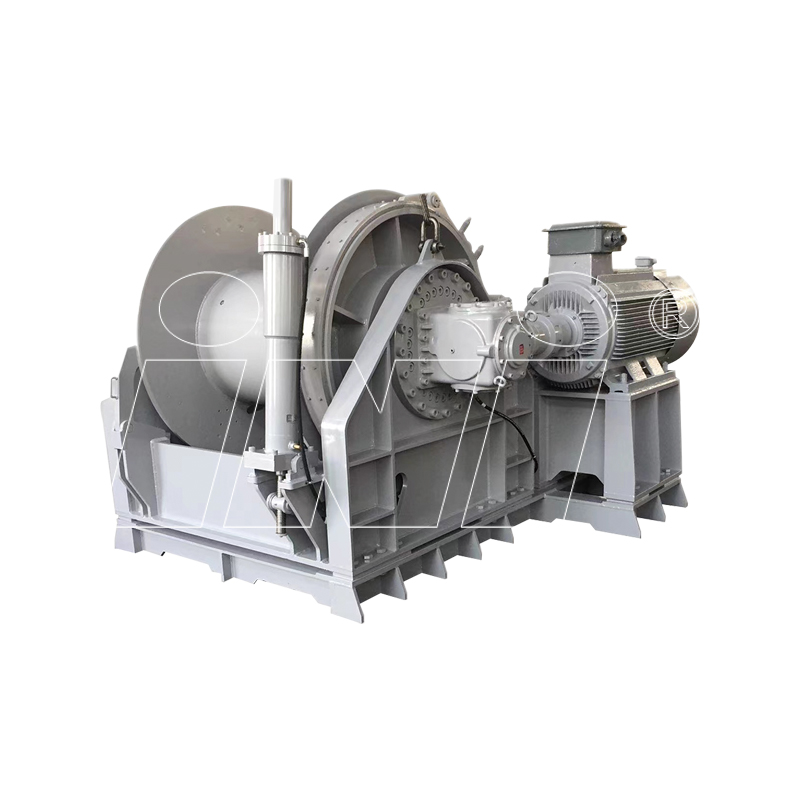

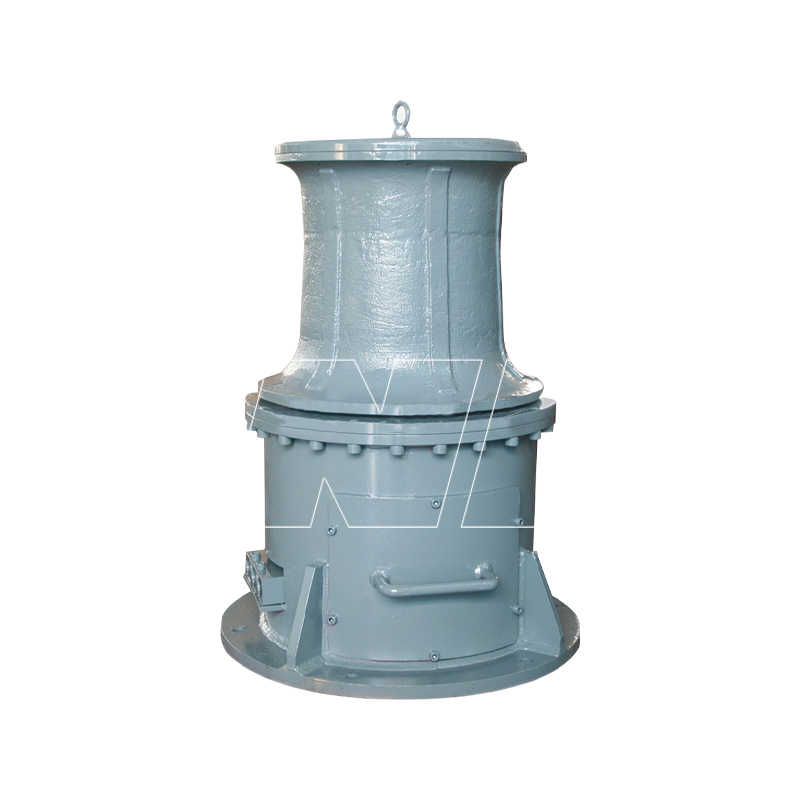

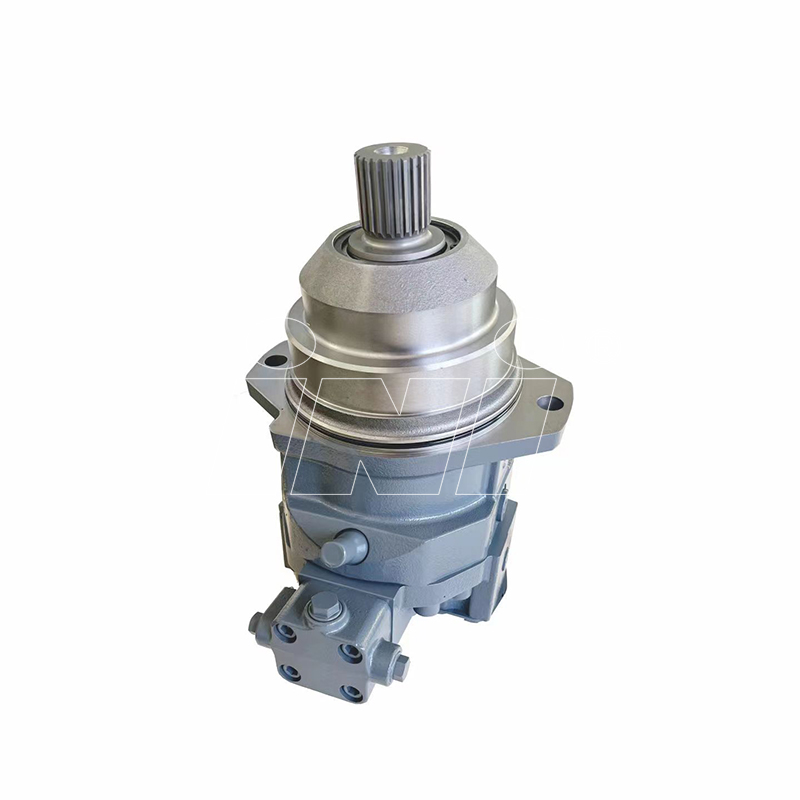

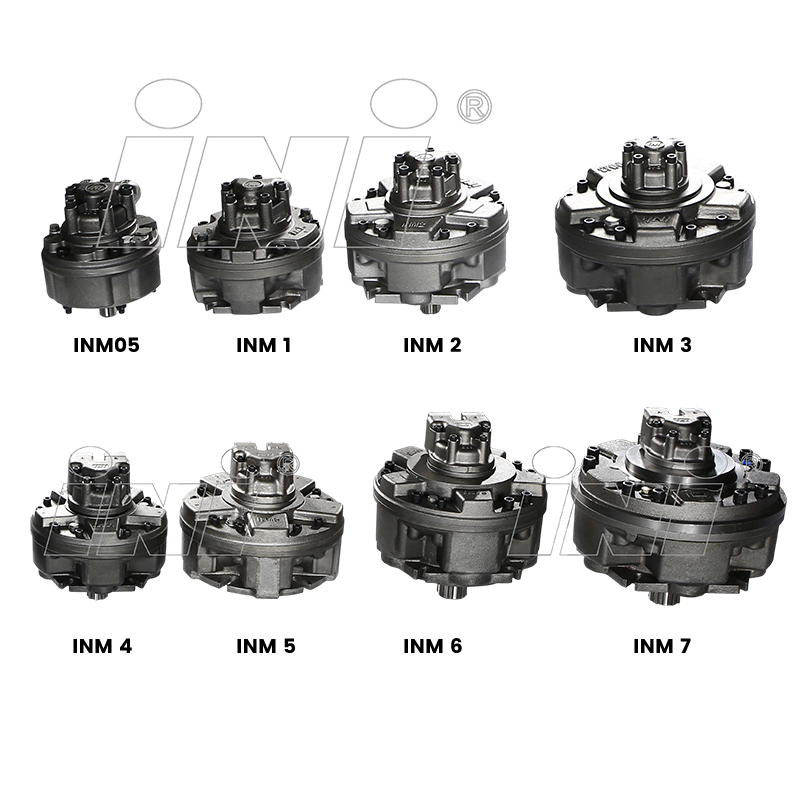

 English
English русский
русский Español
Español
 TOP
TOP